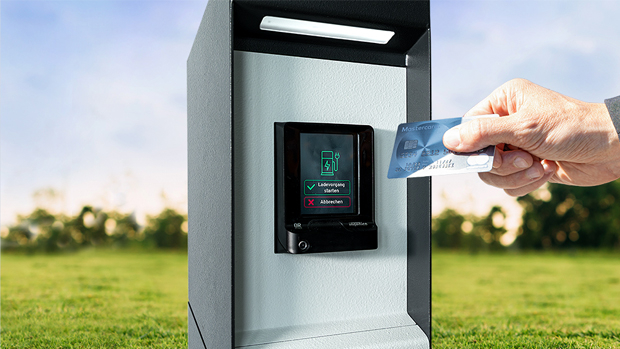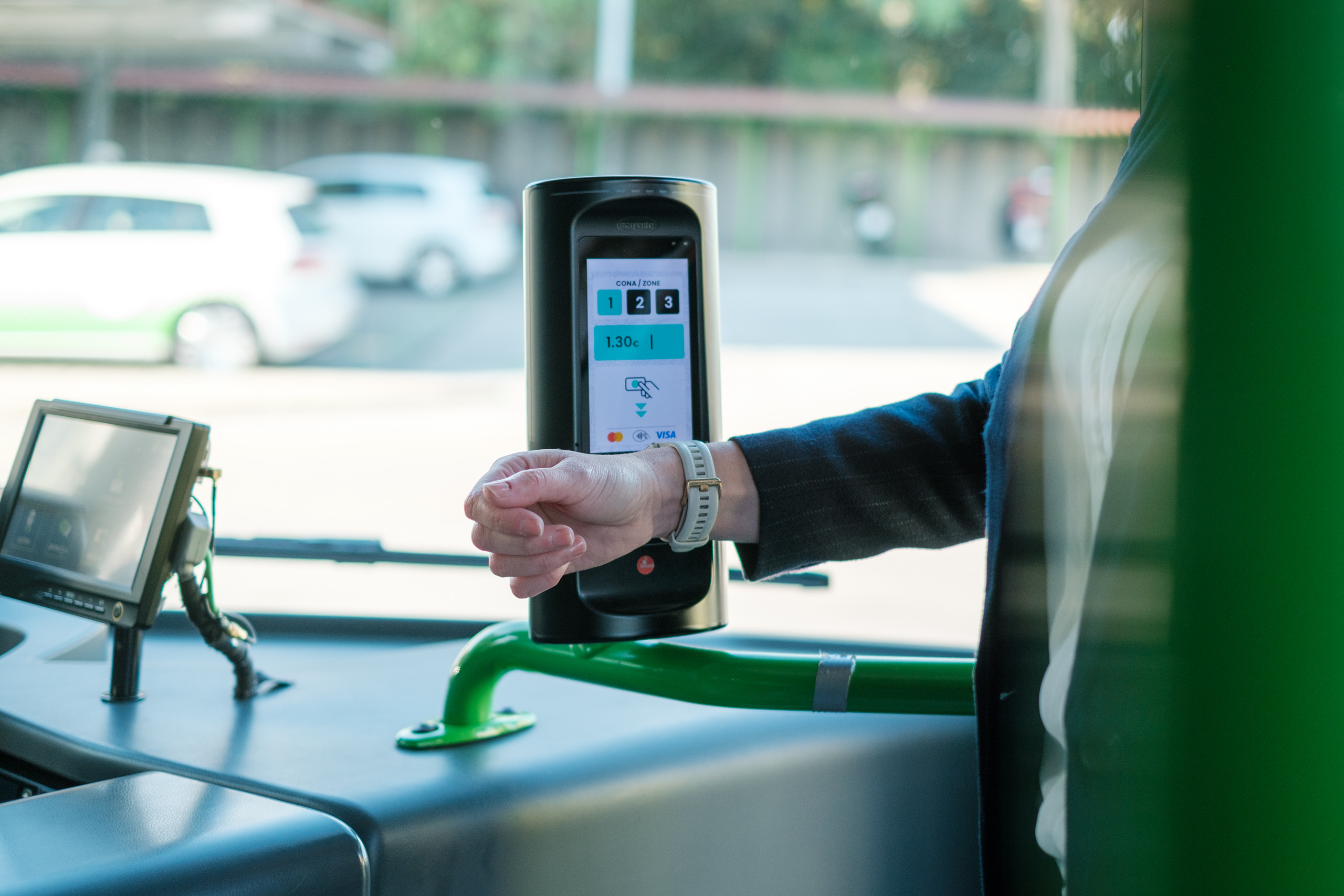Aleš Popelka, Director of the Mobility Division at Switchio by Monet+, explains the main competitive advantages of their solution for the electric vehicle (EV) charging market, the future of payment methods in e-mobility, and why they chose to enter this dynamic market.
Why did Monet+ decide to enter the EV charging market with its own solution?
We’ve been active in the electronic payments market for a long time. Our previously dominant segment, Public Transport, is quite conservative, whereas EV Charging is much more dynamic, aimed at adopting new technologies, and attracting many new players who need to solve the payment challenge.
We entered the EV market because our platform, Switchio, offers excellent technical and business flexibility. We identified synergy in cloud-based transaction processing. Legacy technologies with local connectivity are outdated—what’s needed today is easy and fast integration.
Initially, manufacturers often used ad hoc solutions to adapt chargers, such as attaching standard payment terminals like those used in station coffee machines. However, this is not an innovative or future-proof approach. With the massive growth of the EV market, it’s crucial to move to modern cloud solutions that enable easy integration and cost-effective remote management and monitoring.
What are the main advantages of your solution for the EV market?
Our solution is independent of both hardware and payment service providers—something the competition doesn’t offer. We allow charge point operators to mix and match different charger manufacturers and hardware types. Thanks to the standardization of the OCPP protocol for chargers, it’s easy to connect chargers from various vendors with different payment terminals into a single network management system. This gives operators independence and choice.
In addition, they can choose their payment service provider—whether international or local for a specific country. It’s even possible to combine both approaches. Thanks to our long-standing market presence, we’re connected to dozens of providers across (not only) Europe, and this network is constantly expanding.
What is your competitive advantage?
Everything we deliver is developed in-house by our teams—terminals, servers, security architecture, networks, certifications… all under one roof, backed by 25 years of experience. This gives us independence from third parties and the ability to adapt quickly to market needs or the demands of large clients.
This puts us in a unique position on the market. Most players are either tied to a hardware manufacturer focused on supporting its own products, or to a payment service provider limited on the other end. We can fill both roles and offer a flexible and efficient solution tailored to a specific market segment.
How do you see the future of payment methods in e-mobility?
European Union legislation is pushing for faster EV infrastructure development and encourages standardization of payment methods by supporting contactless EMV payments. This is happening now, and in the coming years, the penetration of EMV payments in this segment will significantly increase. We feel the pressure not only from banks and payment associations but also from users, because it’s simple and user-friendly. People want to come to a charger, tap their phone or card, and not deal with downloading apps or prepaid accounts.
However, once e-mobility becomes a standard part of daily life, vehicles will inevitably have their own digital identity, enabling autonomous payments directly between the vehicle and the charger. These discussions are already underway at the car manufacturer level and will undoubtedly open new doors for innovative solutions in the future. Until then, EMV will dominate.



